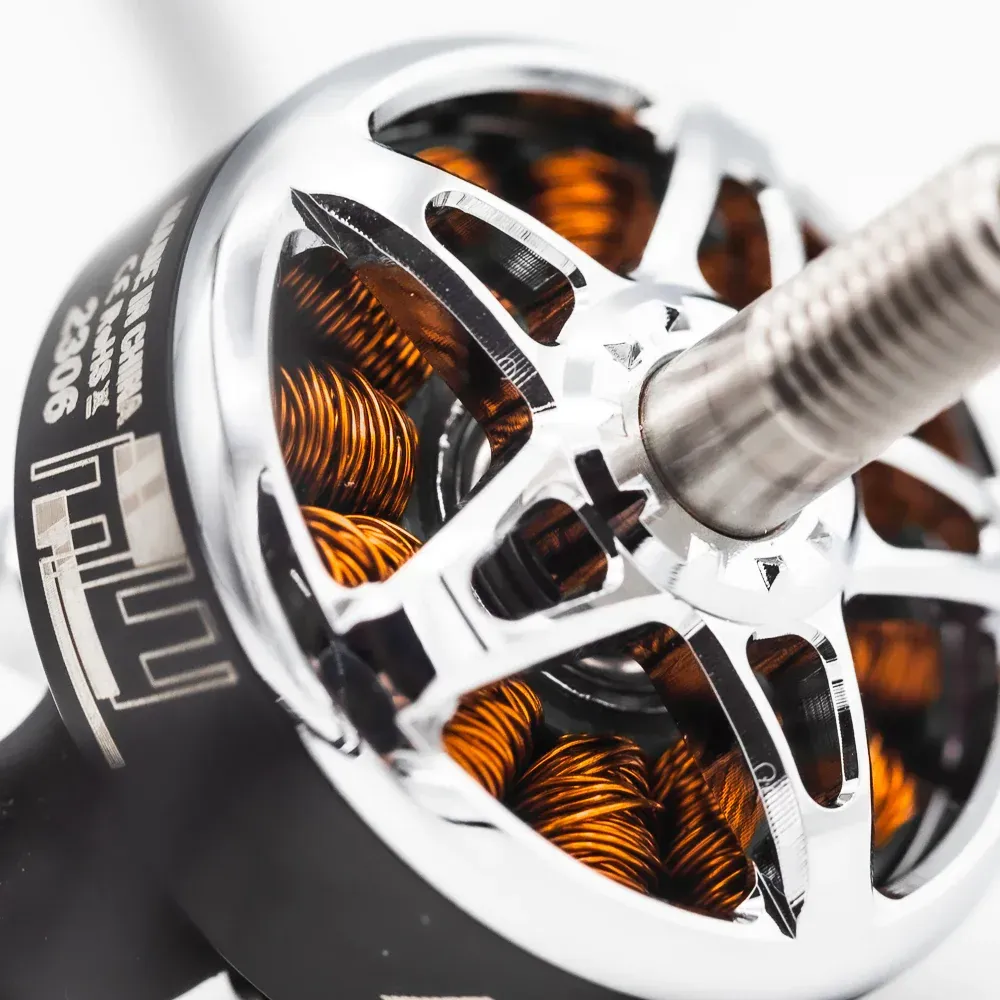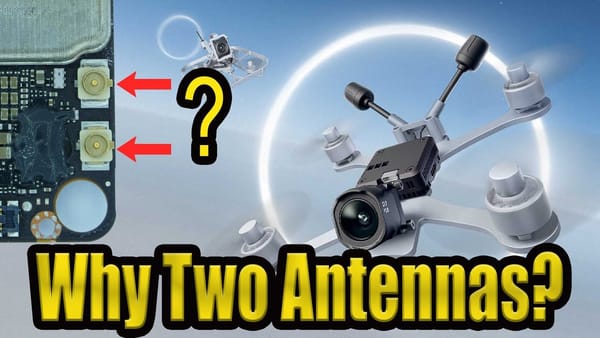Chris Rosser recently tested out Emax's new RS3 motor for FPV drones. In his thorough YouTube review, Rosser puts this budget motor through extensive bench marking and performance tests.
Let's break down Rosser's key findings on how the RS3 stacks up!
The Good
- Lighter weight than previous Eco2 motors
- More power and efficiency than Eco2
- Excellent torque from 2207 size variant
The Bad
- Potentially fragile 2-piece bell design
- Runs hotter than premium motors due to multi-strand windings
- Overheats during aggressive sustained use
Who Should Buy the RS3?
The RS3 looks like a great budget-friendly motor option for FPV pilots doing medium load cruising and light freestyle. It brings nice improvements over Emax's past Eco2 motor.
But for hardcore racing and aggressive flying, the RS3's heat issues rule it out. Rosser still recommends premium race motors with single strand windings for max performance.
So the RS3 hits a nice sweet spot between cost and performance for casual to intermediate pilots. Leave it to the pros for now when it comes to all-out speed!
RS3 Design and Features
Right off the bench, Rosser notes the 2-piece bell design which reduces weight and cost versus a unibell. But he points out the potential for the flux ring separating in crashes.
The multi-strand windings also lower costs while running hotter than premium single strand wire.
On the scales, the RS3 comes in significantly lighter than Emax's previous Eco2 motor. The thinner flux ring trims weight but feels slightly less durable per Rosser.
Performance Benchmarks and Testing
In Rosser's KV testing, the RS3 tested lower across all variants than Emax's stated specs. This affects expected power levels.

On thrust curves, the 4S 2500 KV models noticeably lag the 6S variants. But the RS3 beats out the old Eco2 models. The bigger 2207 RS3 dominated in torque over the 2306 size. Overall torque is improved over the Eco2 and very close to the premium T-Motor Veloce V2.


For efficiency, Rosser found the 1800 KV models performed the best - good for long range. The 2500 KV was least efficient.


However, when cranking up the throttle, the RS3 runs hotter than similar motors like the Veloce V2 due to the RS3 multi-strand windings. We're talking like a 8-10 degree (Celsius) difference!

So while the RS3 churns out some solid power and torque figures, it's gonna heat up fast and start losing power when pushed hard. That multi-strand winding is the Achilles heel holding back the RS3 from true performance. For casual cruising and light freestyle, no biggie. But hardcore racing pilots need the utmost cooling from single strand windings.
Wrapping Up
At the end of the day, the Emax RS3 brings some nice improvements over the Eco2 for not much more cash. It's lighter, more powerful, and more efficient - provided you don't roast the windings!
You should pick the RS3 over the Eco2 any day if the price is close. But for full send racing and aggro freestyle, get a premium motor designed for heat dissipation. The multi-strand windings in the RS3 just can't hang in the heat of battle! You will be better off going for a single stranded winding motor.
What's Your Take?
Have you tried out the new Emax RS3 motor? Share your thoughts in the comments!







